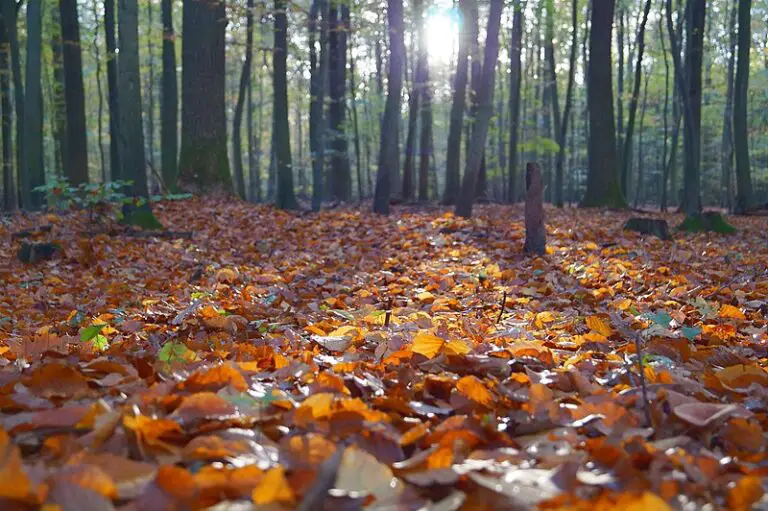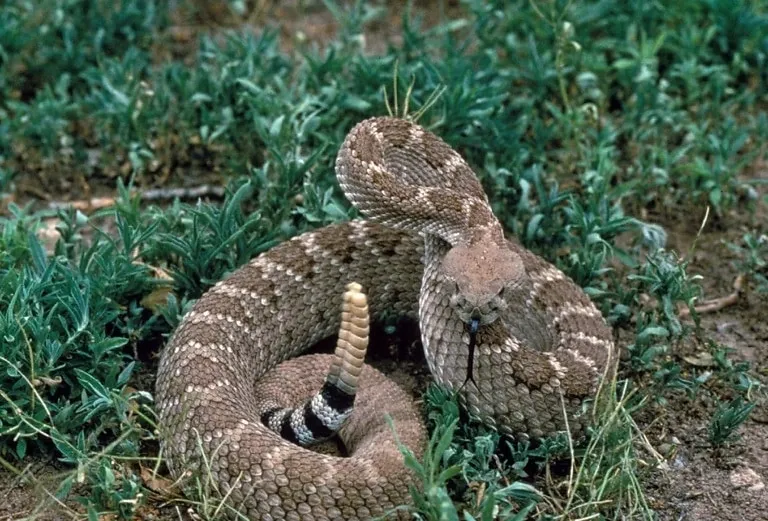7 Silviculture Practices Explained
Silviculture practices are; shelterwood cutting, canopy modification, vegetation thinning, weed control, tree-planting, tree-harvesting, and site preparation.
This article discusses silviculture practices, as follows;
1). Shelterwood Cutting (as one of the Silviculture Practices)
Shelterwood cutting is a silvicultural practice that is often implemented with site preparation in the incipient stage of forest management, as well as at intervals during the management process.
In shelterwood cutting, trees in a natural or artificial forest are harvested by cutting them in rows usually comprised of trees of equal age and size, or similar specie. In multi-age shelterwood systems however, these uniformities could be neglected [3].
The aim of this practice is to establish uniformity and ecologic sustainability, as well as resilience of the forest ecosystem, while harvesting trees for human uses like biofuel applications.
When it is properly implemented, shelterwood cutting results in uniform gaps where trees have been harvested, surrounded by healthy forest vegetation, in such a manner that protects the soil, conserves water, and preserves the biological and physicochemical conditions necessary for effective regeneration.
Shelterwood cutting helps mitigate the effects of deforestation in managed forests; including climate change, soil erosion, and desertification.
Its results include soil conservation, water conservation, ecologic resilience, uniform regrowth, and increased biodiversity.
2). Canopy Modification
Canopy modification in silviculture is the practice of making controlled changes to the structure and composition of forest canopies, to improve the productivity and resilience of the ecosystem.
Types of canopy in forests are pyramidal, oval, rounded, and columnar canopies.
In canopy modification, the type of canopy in a forest can be changed to suit specific requirements.
Factors that influence the structure and composition of forest canopies include soil characteristics, climate, air quality, solar penetration/intensity, and behavioral and nutritional attributes of organisms present.
Canopy modification can be achieved through cutting or burning of parts of the canopy, although burning is a less-sustainable method.
Through canopy-modification, natural hazards like wildfire can also be mitigated.
3). Vegetation Thinning (as one of the Silviculture Practices)
Vegetation thinning or differential-harvesting is the selective removal of vegetation in a given area [1].
The process of thinning comprises of vegetation differentiation, categorization and cutting.
Among these, differentiation and categorization both have to do with identifying trees that are due or fit for removal.
The purpose of thinning in silviculture is to optimize the health, regenerative capacity, and economic productivity, of forests [2].
Trees removed in the process of thinning are either of a specified cutting age or specie; or may be affected by disease or growth defects.
As such, removal of thee trees usually has the effect of ecologic optimization.
Also, trees removed during forest thinning are used for a variety of purposes including bioenergy production, artistry, construction and manufacturing, depending on their characteristics.
Forest thinning is similar to canopy modification, and both practices are often integrated.
A degree of thinning is usually achieved in the process of modifying forest canopy, and vice-versa.
Outcomes of forest thinning include reduced vegetation density, regenerative stimulation, and uniform harvesting.

4). Weed Control
In silviculture, weed control refers to all practices aimed at reducing the population of unwanted plant species in forests.
It is one of the most important practices of forest management, due to the persistence and pervasiveness of weeds in most managed forests.
Weed control may be carried out by physical means, using agricultural implements to uproot or cut-down unwanted plants.
Through weed control, the sustainability of forests and the survival rate of trees and shrubs are both increased by reducing unfavorable competition from weeds.
While herbicide-use is recommendable under some circumstances, it is more sustainable to implement organic methods or biological control techniques.
Silviculture-based biological control takes the same form as it does in agricultural contexts like biodynamic farming and organic farming; by using natural enemies of weeds to out-compete them and suppress their growth.
Cover crops and other competitive plant species can be introduced into forests for this purpose, and biological control also extends to the mitigation of diseases and pests.
Other silviculture practices like thinning may double as weed control practices, by incorporating the removal of unwanted vegetation.
5). Tree Planting (as one of the Silviculture Practices)
Tree planting is an essential aspect of silviculture; since the entire silvicultural concept is based on the presence of forest trees nd their management.
Two main approaches for tree planting in silviculture are the natural approach, which involves regeneration, and the artificial approach which involves the use of seedlings as propagative tools.
Tree planting in silviculture comprises species’ selection, sowing or regenerative germination, nursery cultivation, and subsequent management.
The outcome of these stages and activities is usually what is known as a ‘forest plantation’, that is made up of trees and shrubs which have been either preselected or allowed to grow in a well-ordered and specified manner.
Factors like spacing, canopy structure, habitat conservation, and climate change adaptation, are all very crucial considerations in tree planting.
Examples of silvicultural trees are; hickory, beech, cherry, oak, walnut, and yellow pine.

Conclusion
Silviculture practices (or ‘silvicultural practices) are;
1. Shelterwood Cutting
2. Canopy Modification
3. Vegetation Thinning
4. Weed Control
5. Tree Planting
7. Site Preparation
References
1). Andresen, E.; Pedroza-Espino, L.; Allen, E. B.; Pérez-Salicrup, D. (2005). “Effects of Selective Vegetation Thinning on Seed Removal in Secondary Forest Succession1.” Biotropica 37(1):145 – 148. Available at: https://doi.org/10.1111/j.1744-7429.2005.04058.x. (Accessed 1 December 2022).
2). Bowyer, J.; Lindburg, A.; Howe, J.; Bratkovich, S. (2009). “THE POWER OF SILVICULTURE EMPLOYING THINNING, PARTIAL CUTTING SYSTEMS AND OTHER INTERMEDIATE TREATMENTS TO INCREASE PRODUCTIVITY, FOREST HEALTH AND PUBLIC SUPPORT FOR FORESTRY.” Available at: https://www.semanticscholar.org/paper/THE-POWER-OF-SILVICULTURE-EMPLOYING-THINNING-%2C-AND-Dr.-Bowyer/e1a60c5ed556b4b2ad00f6041121d8eee5c3a2fa. (Accessed 1 December 2022).
3). Raymond, P.; Bédard, S.; Roy, S. V.; Larouche, C.; Tremblay, S. (2009).”The Irregular Shelterwood System: Review, Classification, and Potential Application to Forests Affected by Partial Disturbances.” Journal of Forestry -Washington– 107(8):405-413. (Accessed 1 December 2022).




